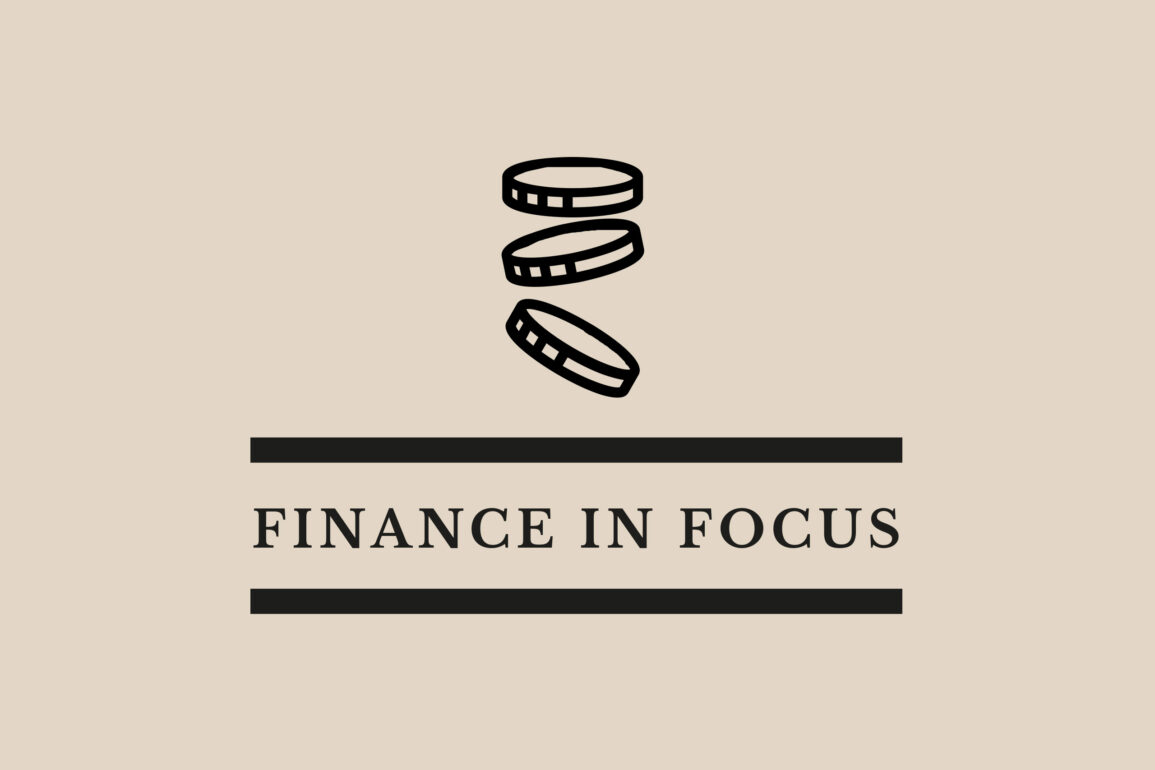Global crises, whether the pandemic, the war in Ukraine, droughts and uncertainties about energy supply, are currently posing challenges for investors, too. Foundations are not immune to this development: as at the end of October, the Swiss Philanthropy Performance Index is showing a cumulative loss of XXX per cent for 2022. The index reflects the average development of a broad cross-section of foundation assets managed by Zürcher Kantonalbank.
Obligations
SwissFoundations’ Benchmark Report also provides information about foundations’ assets, researching the investment behaviour of grant giving foundations on an annual basis. The current report for 2021 lists returns of 11.5 per cent, putting foundations ahead of pension funds (8 per cent). Similarly, foundations perform better in a five-year comparison, too. Maximilian Martin, a member of SwissFoundations’ board, assisted with the Benchmark Report. He highlights that this comparison isn’t completely fair. ‘Pension funds and foundations don’t share the same goal,’ he says. ‘Pension funds have a target group with a codified entitlement.’ Luzius Neubert, a partner at PPCmetric, the firm that produces the report, is also aware of these divergent obligations. ‘If a pension fund suffers losses and ends up with a shortfall, it needs to be restructured,’ he says. ‘Foundations generally do not have any specific obligations and can be flexible with their expenditure.’ According to the report, three-quarters of foundations have not set a target amount of capital that they want to, or have to, maintain. Nevertheless, foundations sometimes sell their assets at a loss in a falling market. ‘Foundations often want to spend more in a crisis because this is precisely when they want to support their beneficiaries,’ explains Luzius Neubert. ‘However, this restricts their risk capacity.’
Risk capacity
A board of trustees’ risk tolerance can also impinge on investment decisions. ‘Many foundations would have capacity for more risk,’ says Luzius Neubert – but if their trustees get cold feet in a crisis and want to back out, that makes things tricky. This is why he recommends engaging trustees who have been through a crisis or two, setting a long-term investment strategy and defining rules for preserving or consuming capital. Maximilian Martin also believes that it is important to have professional managers who take responsibility for the long-term direction of the foundation’s capital. He thinks foundations are obliged to take a particularly responsible approach to handling money. ‘Despite philanthropists’ generosity, philanthropic capital is always in short supply compared to the extent of society’s needs. So we need to manage it well.’
Diversification
Investment strategies took centre stage during 2022, in particular – a year of great challenges. Nevertheless, Hansjörg Schmidt, Foundations Manager, Key Clients, Zürcher Kantonalbank, states: ‘Generally, there’s no need to adapt the strategy because there haven’t been any fundamental changes in terms of long-term interactions and the long-term outlook for the financial markets.’ Even if there are far fewer benefits of diversification in the present climate, he believes that diversification across multiple asset classes and individual stocks is the first, and least controversial, way to put together a portfolio. This year, though, diversification had little impact, due to the specific circumstances at play. Two major geopolitical upheavals shaped 2022: the war in Ukraine and unexpectedly high levels of inflation. ‘Both have a negative impact on every asset class, which is why there is no investment strategy that protected against negative performance,’ says Hansjörg Schmidt. Especially positive performance was only seen by the commodities segment and stocks in the energy sector. ‘However, many foundations have little to no investments in these markets,’ says Hansjörg Schmidt, ‘because most sustainable investment strategies exclude these segments from the off.’
‘Foundations usually have no liabilities. They are basically flexible in terms of expenditure.’
Lucius Neubert,
Partner at PPCmetrics
Sustainability
Eighty-four per cent of foundations take sustainability into consideration in their investments, according to the Benchmark Report. ‘This is a clear increase,’ says Luzius Neubert: this figure was a mere two-thirds in 2016. Maximilian Martin has noticed a huge uptick in interest among SwissFoundations members. ‘Today, this topic is at the forefront of people’s minds. If they’re not yet engaging with it, they want to be.’ In this respect, foundations interpret sustainability in different ways. ‘Certain foundations have a laser focus on their purpose, with some engaging with impact investing,’ says Luzius Neubert. ‘Others just want to invest in a way that benefits the environment and society. They’re less tied to the impact in question or their specific purpose.’ All told, the topic is uncontroversial: various studies have proven that sustainable strategies do not reduce the potential for returns in the long term. Conversely, experts are less certain as to whether taking sustainability criteria into account makes investments safer. Nevertheless, Maximilian Martin says: ‘Generally speaking, ignoring information about risks is an expensive game to play, in the long-term.’ Luzius Neubert mentions the risk that a sustainable investment strategy can pose for foundations, in particular. ‘If a foundation opts for an exclusion-based process and every trustee specifies the sectors or companies they don’t want in the portfolio, this could result in a portfolio with very little diversification, in the worst-case scenario.’ This risk can be eliminated by seeking advice from investment experts, who can highlight the impact of minimal diversification


